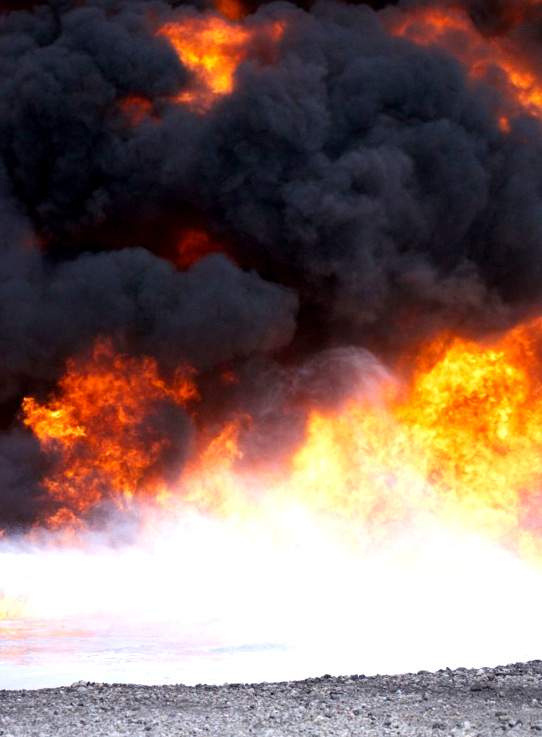New clay can trap PFAS

Fire-fighting foams have contaminated soils at fire-training and commercial sites across Australia. Many sites contain per- and poly-fluoroalkyl substances (PFAS) chemicals, which can enter ecosystems and move through food chains, accumulating in animal and human bodies.
There are thousands of PFAS-contaminated sites in Australia, many of which have growing stockpiles of polluted soil and a lack of cost-effective methods to remediate them.
“We have developed a modified natural clay, called matCARE, which attaches itself to toxic substances and binds them irreversibly,” says Professor Ravi Naidu from the Contamination Assessment and Remediation of the Environment CRC (CRC CARE).
“Our clay product is very effective at trapping PFAS in not only water, but also soil, which presents a more complex clean-up challenge. Once contaminated soil is treated, most of the PFAS is irreversibly locked up, preventing it from leaching into the environment. The technique is effective, sustainable and inexpensive.”
CRC CARE has successfully tested the soil remediation method in the field and in their laboratories.
The field tests were done at a site used for fire training and emergency response for over 40 years. The researchers used a concrete mixer to treat the contaminated soil with a powdered form of matCARE.
“Our measurements show significant reductions in the bioavailability of PFAS following treatment,” said Professor Naidu, referring to the proportion of a substance that enters the circulation when introduced into the body – an indicator of human health risk.
“The contaminant was locked up almost immediately. PFAS concentrations in water leaching from the treated soil are generally below detection levels.
“The alternatives to this stabilisation approach are expensive. Thermal treatment requires transport and energy intensive high temperatures. Soil washing with solvents can negatively affect soil structure.”
CRC CARE’s modified natural clay approach is consistent with the National Environmental Protection (Assessment of Site Contamination) Measure, federal legislation that promotes a risk-based approach to managing site contamination to ensure that remediation is both effective and economically viable.







 Print
Print